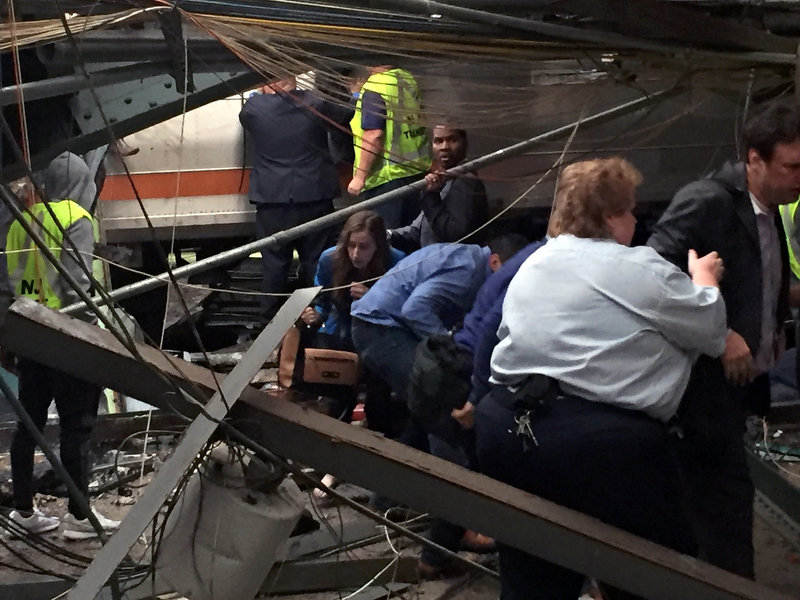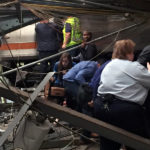In recent years, the rapid evolution of automated vehicles has been a mainstay in the news as people either welcome the technology or raise concerns about safety. While all this is going on, railways companies have been working diligently behind closed doors on Automatic Train Operation, an innovation that could forever change how cargo is shipped across the United States.
Like most other railroad accident attorneys, we are concerned by the railroad industry’s current trend of lowering the number of crew members on freight trains. Some railway companies want to cut costs even further by creating automated trains that will eliminate the need for manned crews altogether. In November 2020, the Federal Railroad Administration printed an exhaustive analysis of Automated Train Operations, and the United States Department of Transportation is evaluating ways in which freight rail operations can safely facilitate increased automation.
The Virginia railway injury attorneys from Shapiro, Washburn & Sharp have been achieving successful outcomes in railway injury cases since 1985. Our law firm has won multi-million-dollar settlement awards and jury verdicts involving significant railroad injury and wrongful death cases.
What Are the Different Kinds of Train Automation?
Automatic Train Operation foreshadows a bold move toward automated railways, an area in which the United States is behind several other countries. According to an article in Equal Times, more than 40 cities are already running automated metro lines. Australian mining conglomerate Rio Tinto ushered in the first automatic railway network in 2019. Société Nationale des Chemins de Fer, a French railway operator, is expected to produce a working prototype of a driverless train in 2023.
Locomotive-Borne Sensor Platform
Research from the Federal Railroad Administration’s Office of Research, Development, and Technology studied the likelihood of success with a locomotive-borne sensor platform to aid in the development of automated trains. This platform involves train-mounted sensors that notify the system of dangers and other applicable conditions. These sensors provide a variety of information regarding the train’s environment, such as the shape and relative size of objects on or near the tracks, including those that are several miles away. The report notes that the sensor’s visual optics are challenged by dust, snow, ice, rain, or any other obstruction of the lens.
Thermal Cameras
Thermal cameras also play a part in Automatic Train Operation. They are capable of identifying other vehicles, equipment, fires, and people or animals on the tracks ahead. Infrared cameras are able to illuminate the dark and cut through atmospheric haze, however, similar to optical cameras, thermal cameras can be problematic in snowy or wet conditions.
Radio Detection and Ranging
A less expensive and far more traditional technology, Radio Detection and Ranging has a better overall scope and radius. Unfortunately, studies indicate a potential health concern due to the fact that electromagnetic energy is able to penetrate living tissue, which leads to overheating caused by energy absorption.
The Implications Of Automation On Railroad Safety
Automatic Train Operation and the concept of driverless trains raise not only safety concerns for railway workers but concerns over job security as well. Supporters claim railways will actually be safer once trains are equipped with the appropriate sensors, and, while there is certainly a plausible argument to be made for automated safety systems, detractors are making equally plausible arguments about the perils of replacing human operators. Many railroad companies have already whittled away at their staff and single-employee operations are now the norm. Unions, like Railroad Workers United, have cautioned that single manning paves the way for numerous concerns, such as scenarios where an engineer is taken ill, the single worker is distracted, or when a crisis requiring more than one crew member arises.
Even more alarming are the implications of a crisis situation taking place on a train with no operator. A vast majority of derailments are the result of damaged or defective tracks. While cutting-edge sensors might be able to warn of a hazard, like a car ahead on a level crossing, they are not expected to be able to identify faults in the tracks.
Contact a Virginia Railroad Accident Lawyer
Railway companies have extensive resources including powerful legal teams. In order to protect their interests, they will do whatever is necessary to limit the compensation you are owed or figure out a way to deny your claim altogether.
The Virginia railway injury attorneys at Shapiro, Washburn & Sharp have handled multiple claims in several states against big rail companies and short-line railways under the Federal Employers Liability Act. If you were injured in a railroad accident, call our law offices at (833) 997-1774 to schedule your free consultation today.

